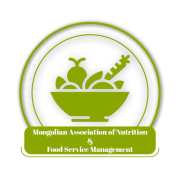

Author(s): Teferi Damto
Food adulteration is a global concern and developing countries are at higher risk associated with it due to lack of monitoring and policies. However, this is one of the most common phenomena that have been overlooked in many countries. Honey is a wholesome nutritious and medicinal bee product and is consumed by a majority of the population world. The high price of the natural honey encourages workers in the honey industry, including beekeepers and merchants to adulterate honey either directly or indirectly with look-alike and low quality substance worldwide, which leads to deterioration of honey quality, but increase honey quantity that is sold at the same price of natural authentic honey. Various instances of adulteration of honey have been reported globally, where in, the most common substances usually added to honey as adulterants are as sugar, ripened banana, water, molasses, sugar syrup, maize and/or wheat flour syrup, and sweet potato flour/syrup in Ethiopia. Hence adulteration of honey often takes place alter physicochemical nutritional and rheology of honey, resulting in reduction in its nutritive and medicinal value, several methods have been employed over the last few decades for unambiguous discrimination of adulterant and accurate quantification of the adulterants. Nowadays honey is being adulterated in more sophisticated ways that demands for cutting edge research for the detection of the adulterants. This review intends to contribute towards the common knowledge base regarding possible honey adulterants and their detection techniques trends associated with honey from Ethiopia.